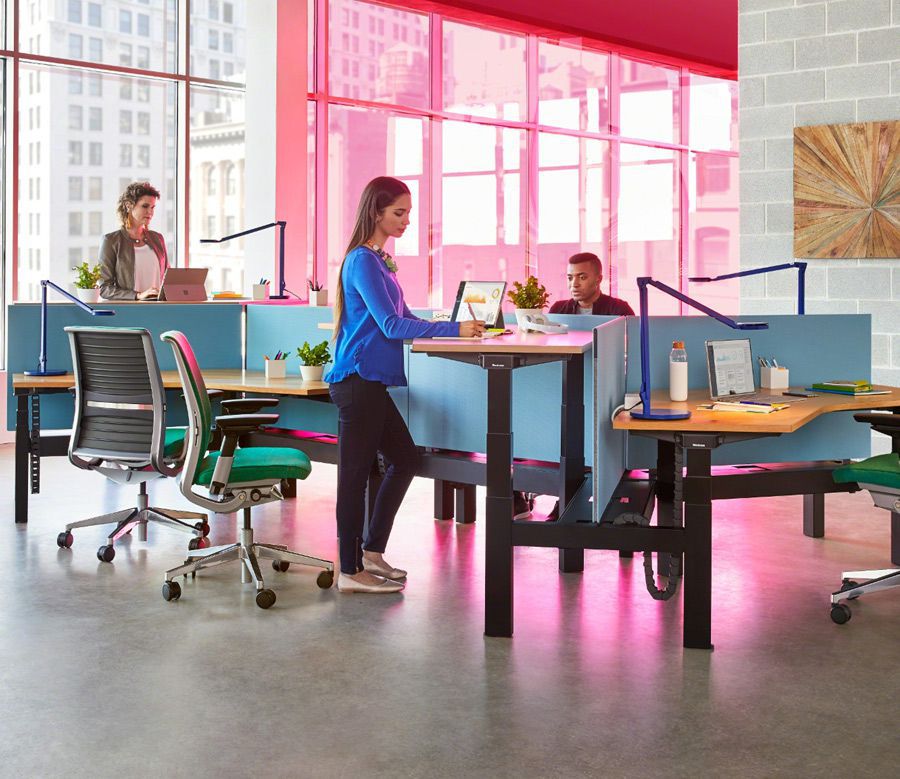Productivity
Standing desks increase productivity

For anyone who’s slogged through a long, sloop-shouldered day at a desk, the dangers of sitting are intuitively easy to believe. Standing desks are becoming an iconic symbol of personal wellness in the workplace. However, it’s worth understanding the pros and cons of life on foot before throwing out the office chair.
Levine and like-minded researchers are inspiring a growing revolution of students and workers to stand up and shake free from the dangerous shackles of our chairs. In a 2014 interview with the L.A. Times, Levine addressed many of the dangers associated with sitting, ending with a statement that we are quite literally “sitting ourselves to death” with our modern, sedentary lifestyle.
Health concerns aren’t the only driving factor behind the move to standing desks, however. A recent study of school-aged children shows that standing students are both more attentive and more engaged in the classroom. Researchers at Texas A&M gave groups of students standing desks for a year. The results showed that students at standing desks were 12 percent more engaged than their seated counterparts. If you’re looking to eliminate distractions and increase productivity, wringing an extra 7 minutes out of each hour sounds like a pretty good place to start!
It might seem like any suitably tall counter or tabletop can replace traditional desks. Do we just throw out our chairs and soldier on without them? That’s a possibility and will probably work for some, but we’re seeing that a more balanced, less all-in approach might be warranted.
Standing still is not a cure-all replacement for sitting still. Our bodies are complex physical structures capable of and designed for a dynamic range of movement. The sedentary aspect of standing or sitting for too long creates stresses on the body that accumulate over time. Those physical strains can result in fatigue, and – if not managed properly – potential injury.
Additionally, not all activities are particularly well suited for standing. A February article from the U.S. News and World Report looks at situations where the move to a standing desk provided frustration rather than increased productivity. Certain fine motor skill tasks are more difficult to perform when not seated. In these situations, a standing desk might still be a good idea, but maybe only for breaks or associated support tasks like email and phone calls. For some high-concentration or physically precise jobs, the chair may simply remain a necessary evil.












